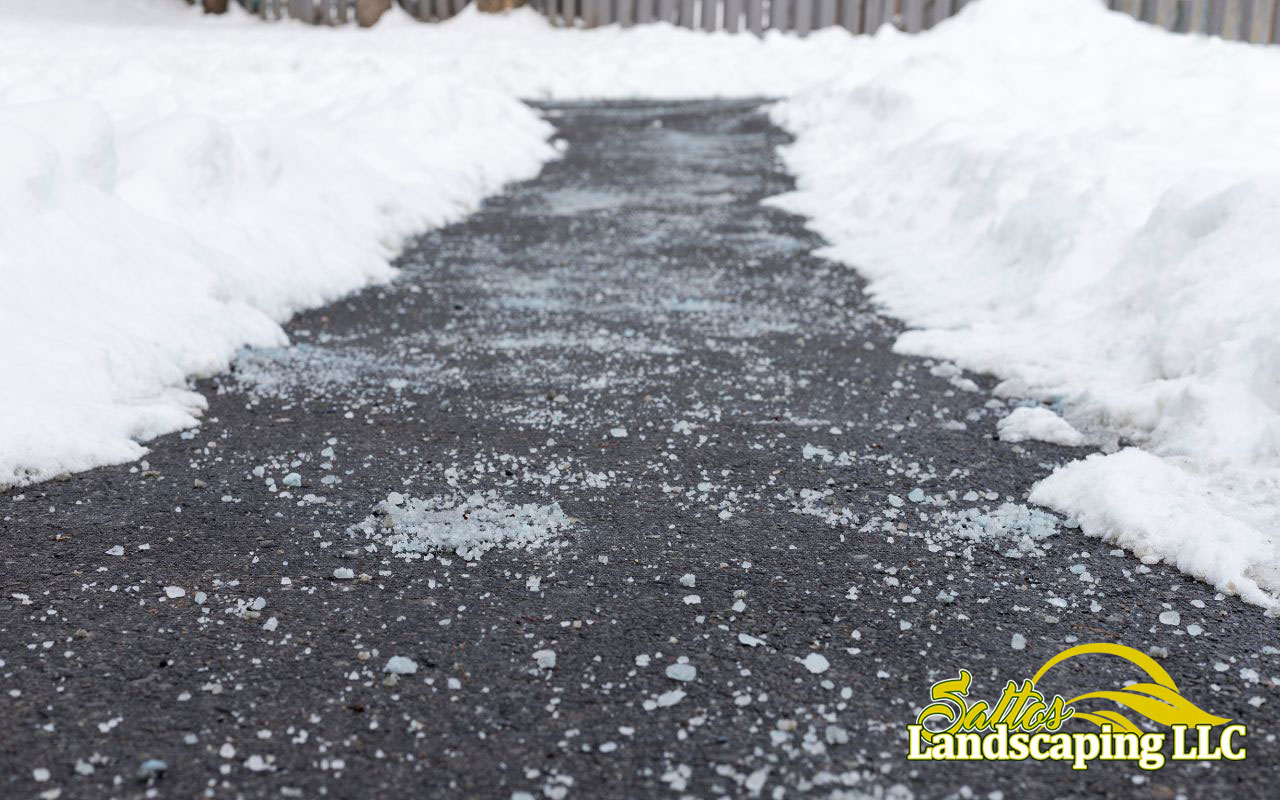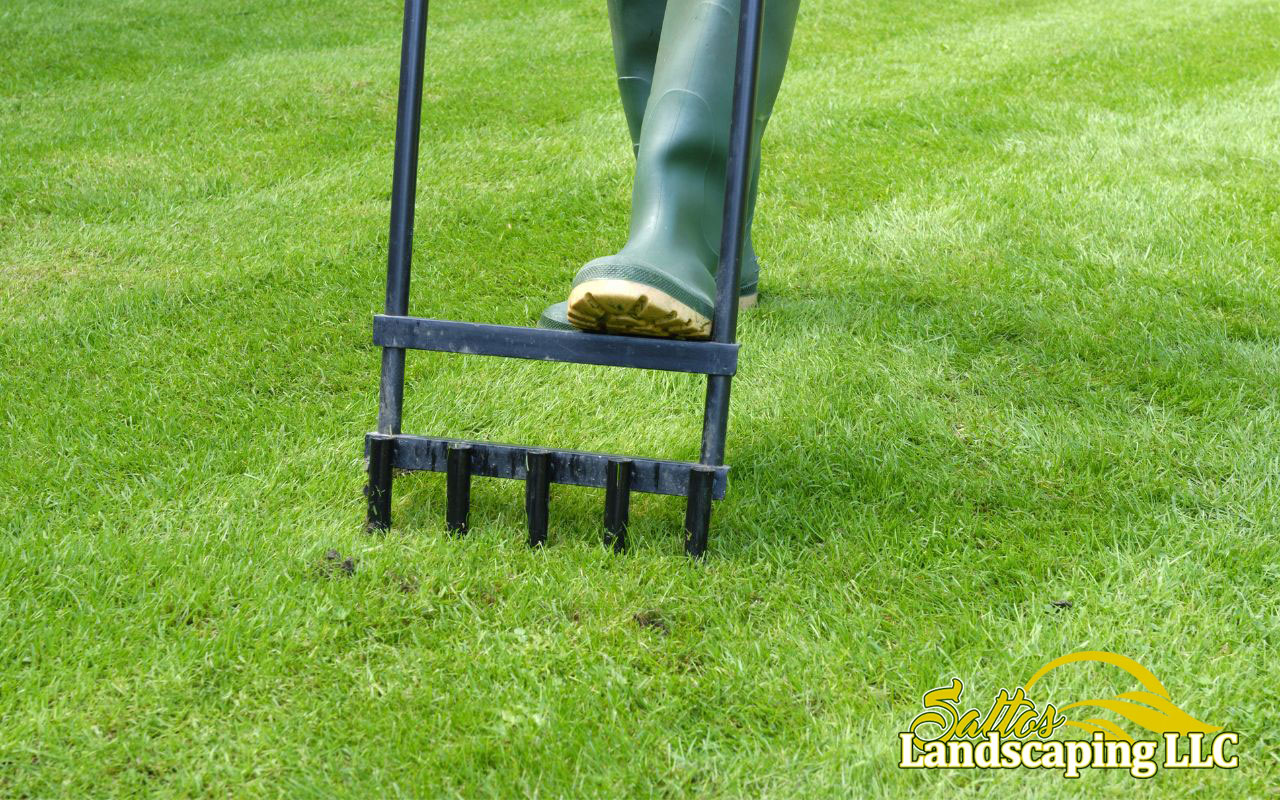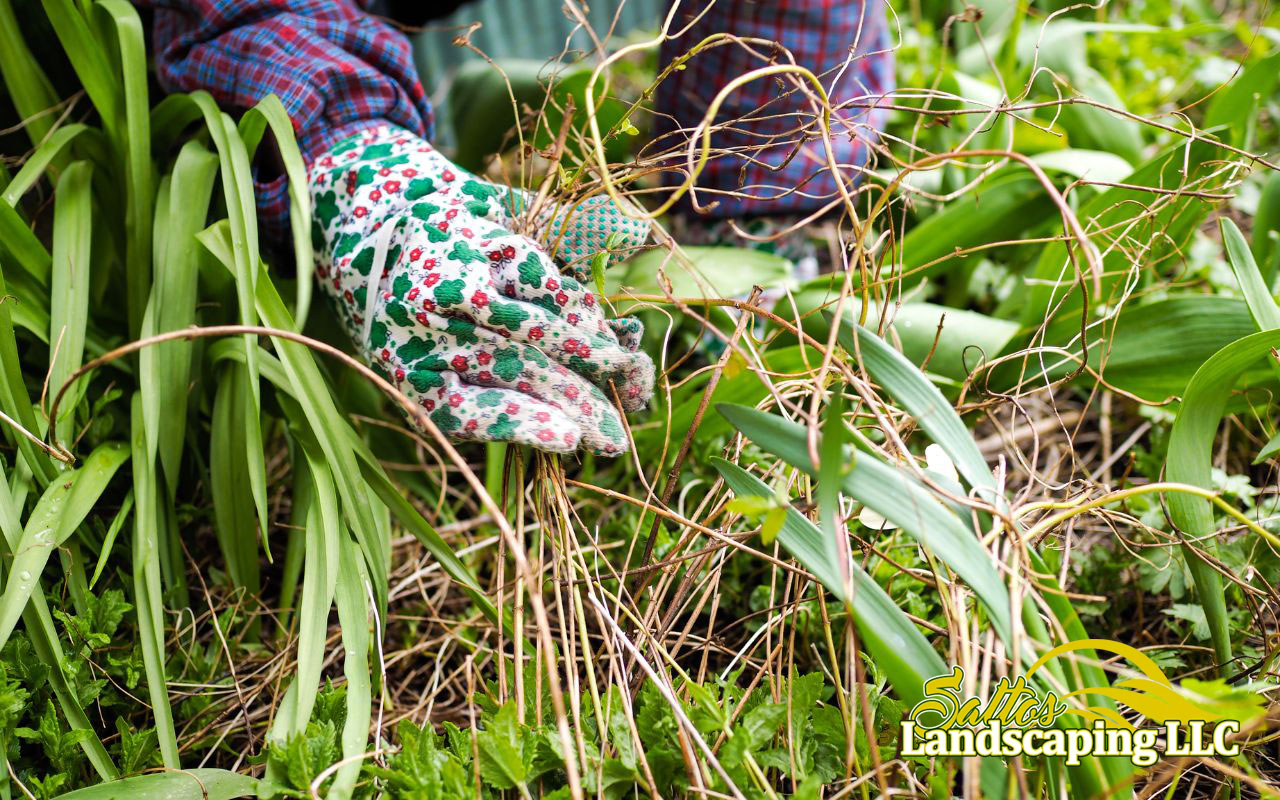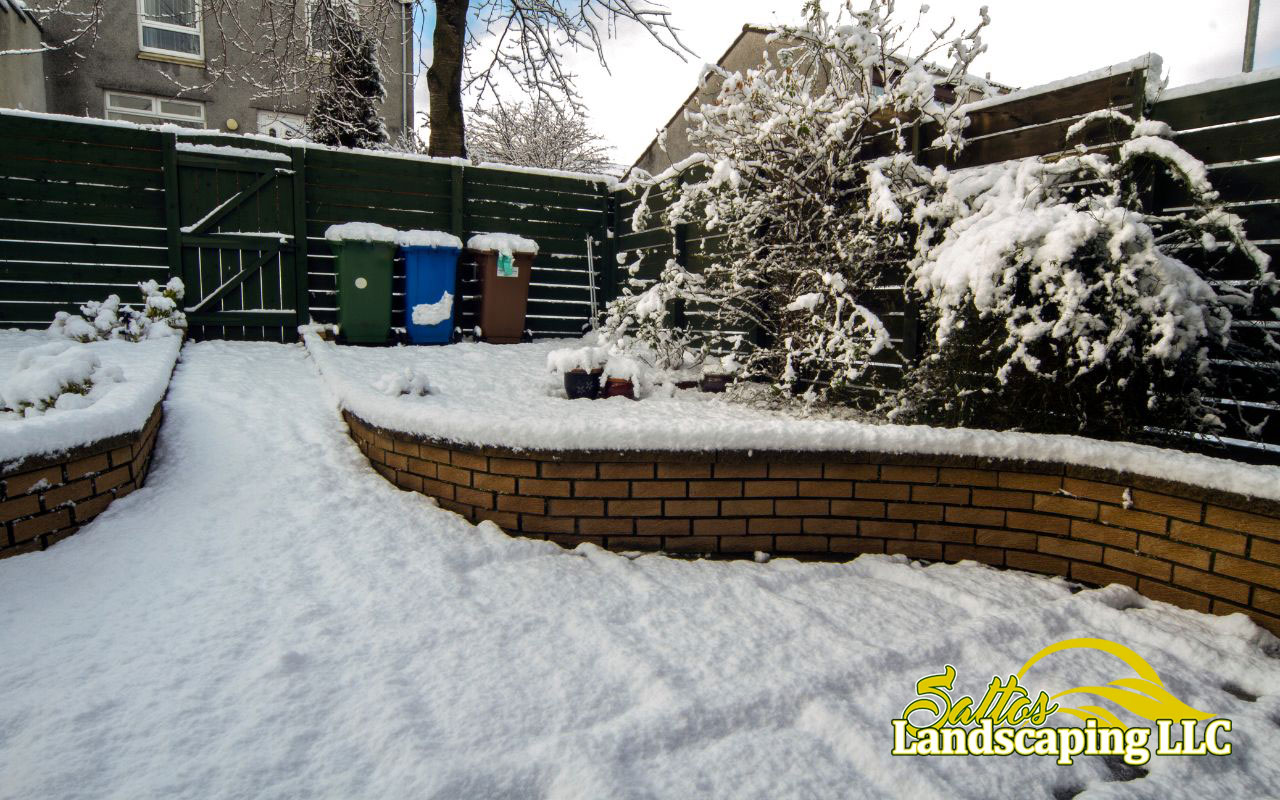Lawn maintenance in winter can be frustrating, but with this blog, you will find the easiest and fastest way to keep your lawn in good shape.
Winter can be the best season for many people because of the holidays. However, most of us forget about the maintenance and care of our gardens. Here you will learn how to prepare your garden for the winter.
Some fundamental tips you must follow are:
- Stop mowing
- Sweep up fallen leaves
- Check out for water puddles
Stop Mowing
It’s time to stop mowing the lawn. In winter, when temperatures drop below 5°C, grass stops growing, and mowing is not necessary. Mowing during this time can cause unwanted damage. Mow lawn only when necessary and when conditions are favorable. Therefore, mowing is not recommended when frost or snow is expected or when the ground is very wet. It’s the ideal time to clean and service your lawn mower or get it ready for spring.
Sweep the leaves
Winter lawn care requires regular sweeping of fallen leaves and debris with a light rake or brush. Fallen leaves trap moisture and encourage disease and insect activity. However, keep human traffic to a minimum, as it can damage your lawn.
Watch out for puddles
This is a sign of soil compaction if your lawn puddles after heavy rain. Therefore, aeration in the second half of spring is beneficial. Use an aerator or garden fork to loosen the compression. This improves drainage and allows more air into the root system. This ultimately leads to a healthier lawn.
Additional Tips for Lawn Maintenance for Winter Season
Aeration | Lawn Maintenance Tips

The ground under the lawn tends to be highly compacted by heavy traffic and the weight of machinery used in house building and landscaping. This can lead to dry soil, poor uptake of nutrients by the grassroots, and drainage problems in the landscape.
A solution to both soil compaction and excess straw is aeration. This is the process of penetrating the turf and making holes in the soil below to absorb air and let in water. This can be done with a plug, spike manual, or electric aeration tool.
Aeration is an easy chore to do in the warmer months. But even if you don’t get the chance, don’t let the cold stop you. It’s easy if the ground isn’t frozen. Aeration is an easy chore to do in the warmer months. But even if you don’t get the chance, don’t let the cold stop you. It’s easy if the ground isn’t frozen.
Prevention of salt damage

Salty deicers can seep into and damage nearby grass. This can cause a condition called “physiological drought,” which interferes with nutrient uptake and creates bald patches.
If you need to treat sidewalks on or near the edge of your lawn, choose a product made with a sodium chloride alternative, such as calcium chloride.
Also, if you shovel the front sidewalk after it snows, be careful not to build up any white stuff on the lawn, as it may contain residue from paving treatments.
If you notice salt spray and meltwater contacting your lawn, be sure to water your lawn thoroughly when the soil temperature is above freezing, as indicated by a soil thermometer. This will wash away the salt and minimize damage.
Irrigation
Snow isn’t the only winter weather that affects dormant turf. A lack of sun, wind, and rainfall can dry out or “dry” your lawn, especially in the first winter.
A close-up shot of a lawn with autumn leaves and a little snow in bright sunlight.
If you’re experiencing winter drought, water generously on days above 40 degrees Fahrenheit. In addition to preventing desiccation death, it can prevent damage from extreme cold season clover mites, which are attracted to dry soil and prefer to eat, wear and discolor grass near buildings.
Equipment maintenance | Lawn maintenance
Also, your gardening equipment needs. If you have yet to do this in the fall, clean and trim your mower thoroughly. Repair or replace parts as needed.
Now is an excellent time to sharpen your lawn mower blades so that they cut cleanly. Blunts tear the grass instead of cutting it cleanly, making the blades of grass jagged and susceptible to disease, and may even rip the crown from the roots, leaving a bare patch.
Check the height adjustment device. The ability to raise and lower the mower’s deck can mean the difference between a drought-tolerant lawn and one that is scalped and burned.
Follow the maintenance instructions for your mower. For example, if it runs on gasoline, add a fuel stabilizer and drain the gas. Store it in a dry, protected place until you are ready to light it in the spring.
Weeding

Have you ever noticed weeds growing after a few days of mild winter rain? This is the perfect time to remove them and prevent them from taking root.
Greenhouse scene in soft light with a lawn strewn with fallen leaves, bushes, and shrubs on both sides of the frame and trees in the background.
A more aggressive approach is to apply a “pre-emergence” herbicide. A product that prevents weeds from growing. Applicable when the ground is not frozen. Either method will free you from aggressive weeding in the spring.
Get Professional Assistance for your Lawn maintenance
Now that you know the perfect tips to take care of your lawn this winter, you can start your gardening tasks. However, if you are looking for exceptional results, Saltos Landscaping is perfect for you. Contact our experts and get your free quote!
With more than 10 years of experience in the landscaping field, we have been providing nothing but excellence to our clients and their gardens!



